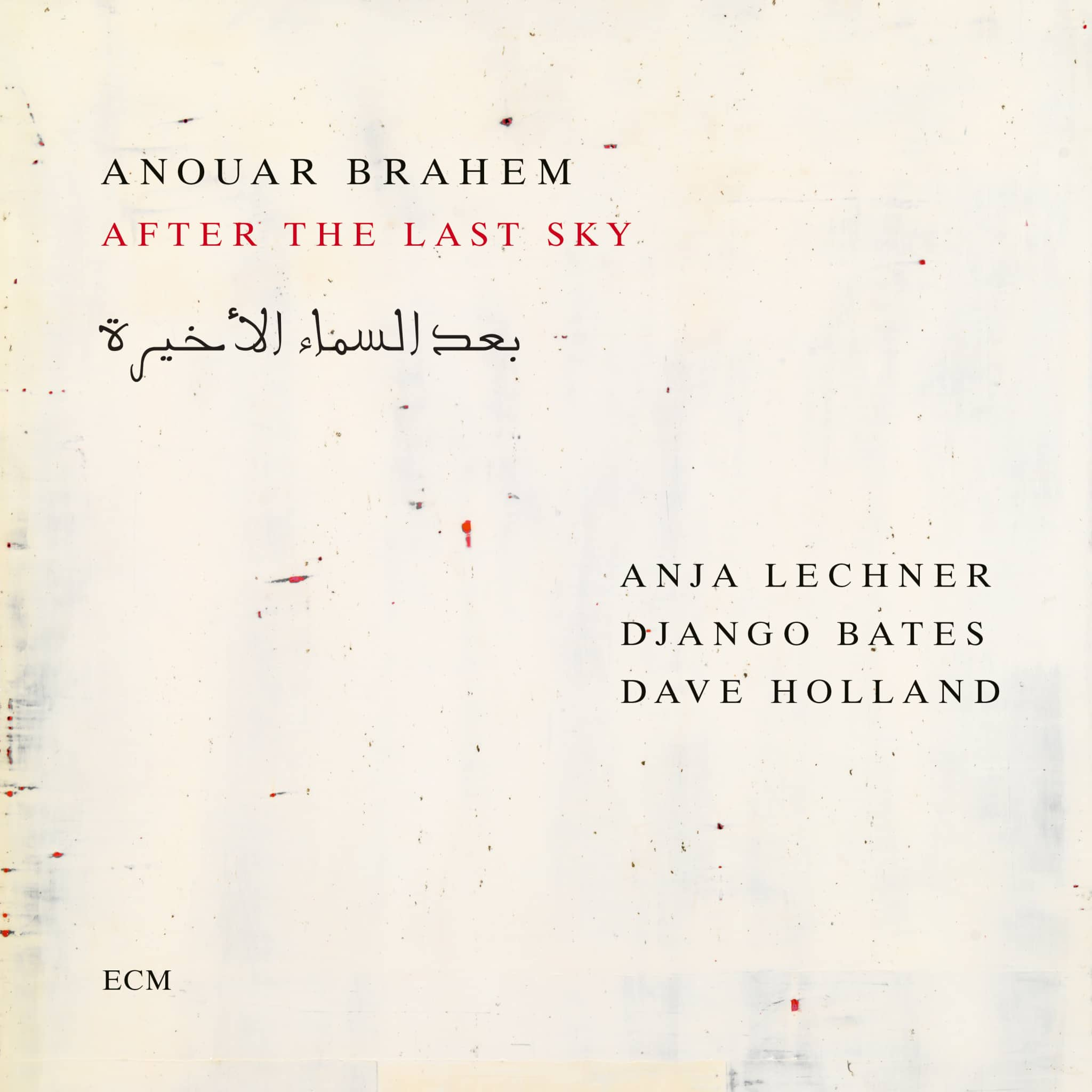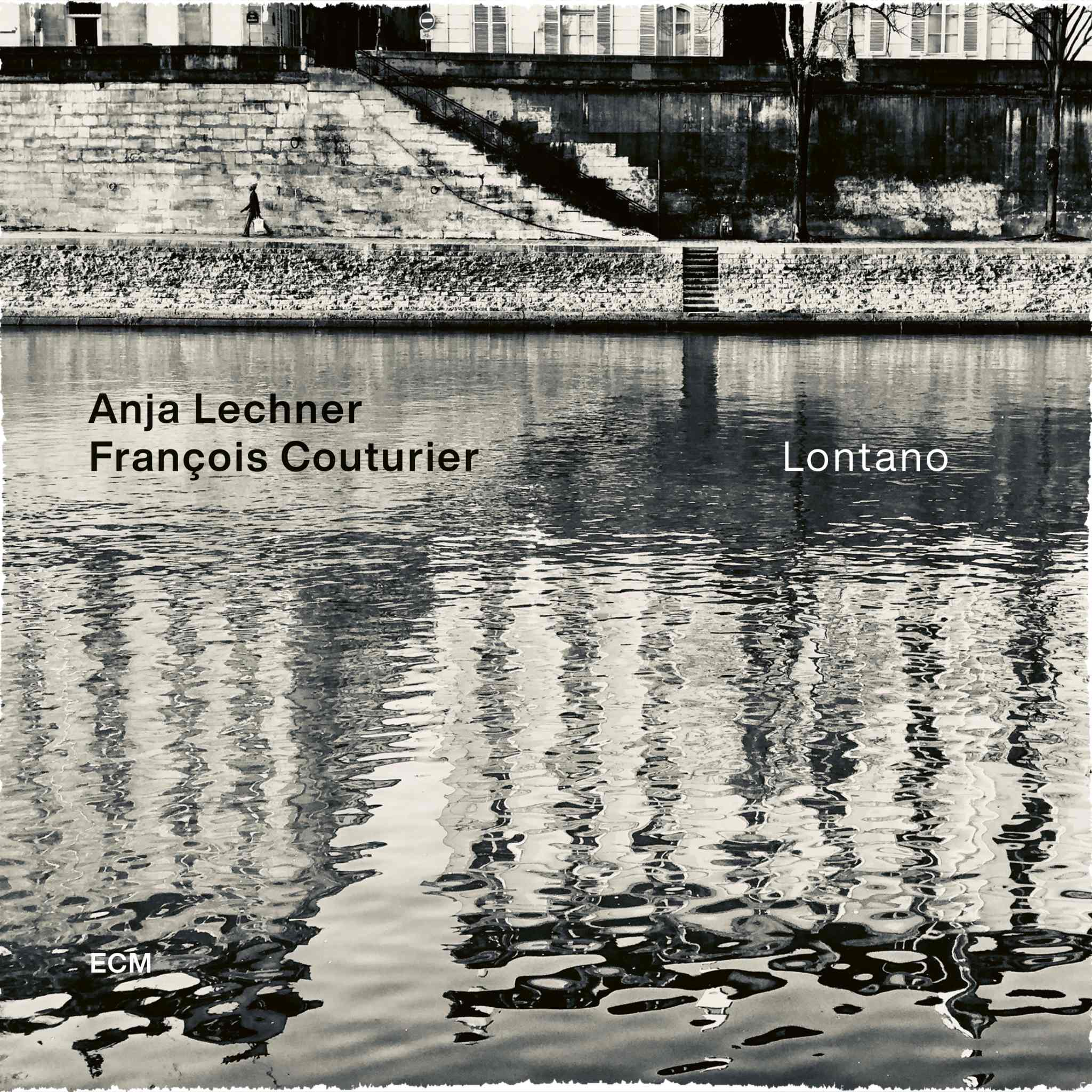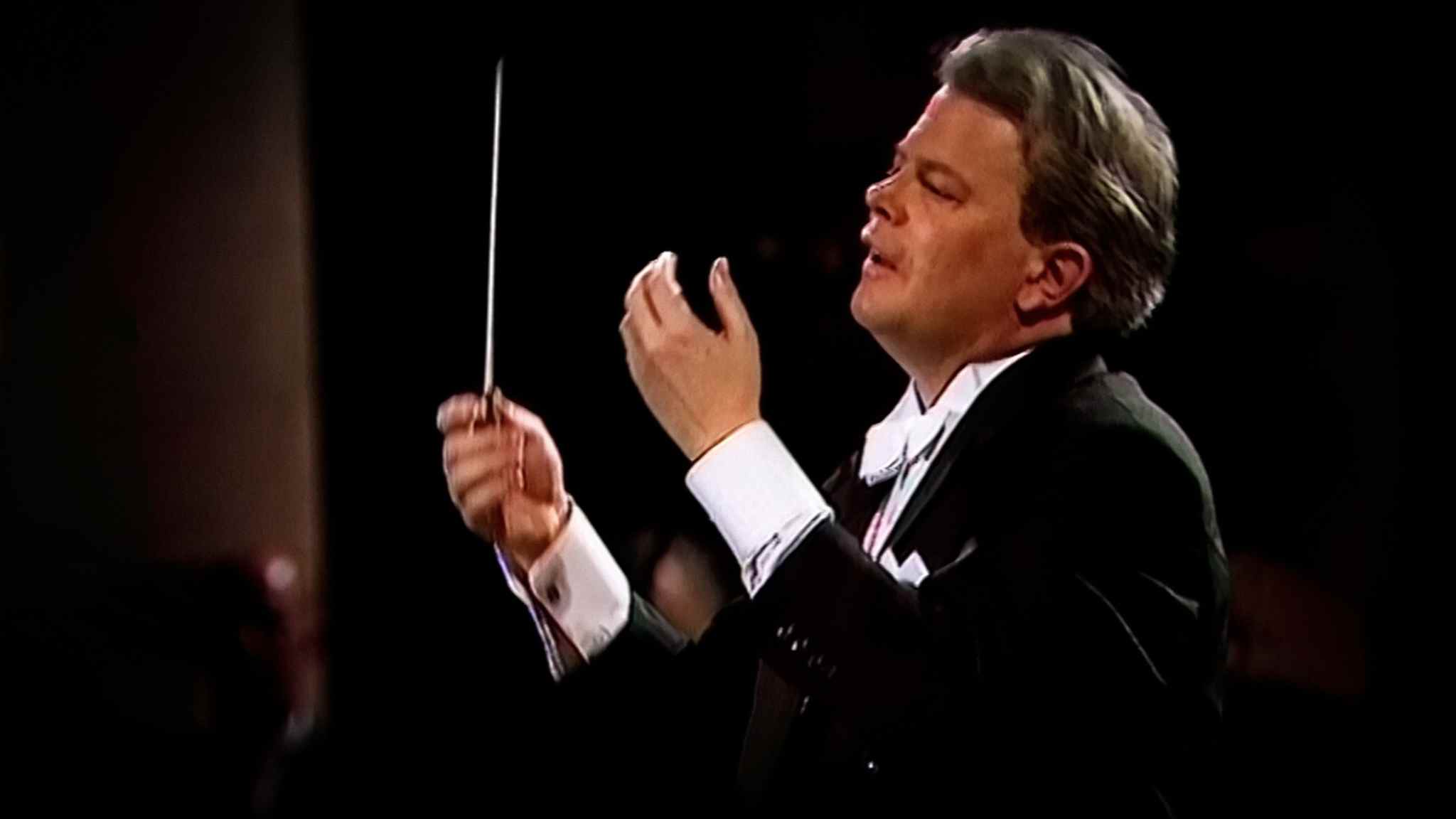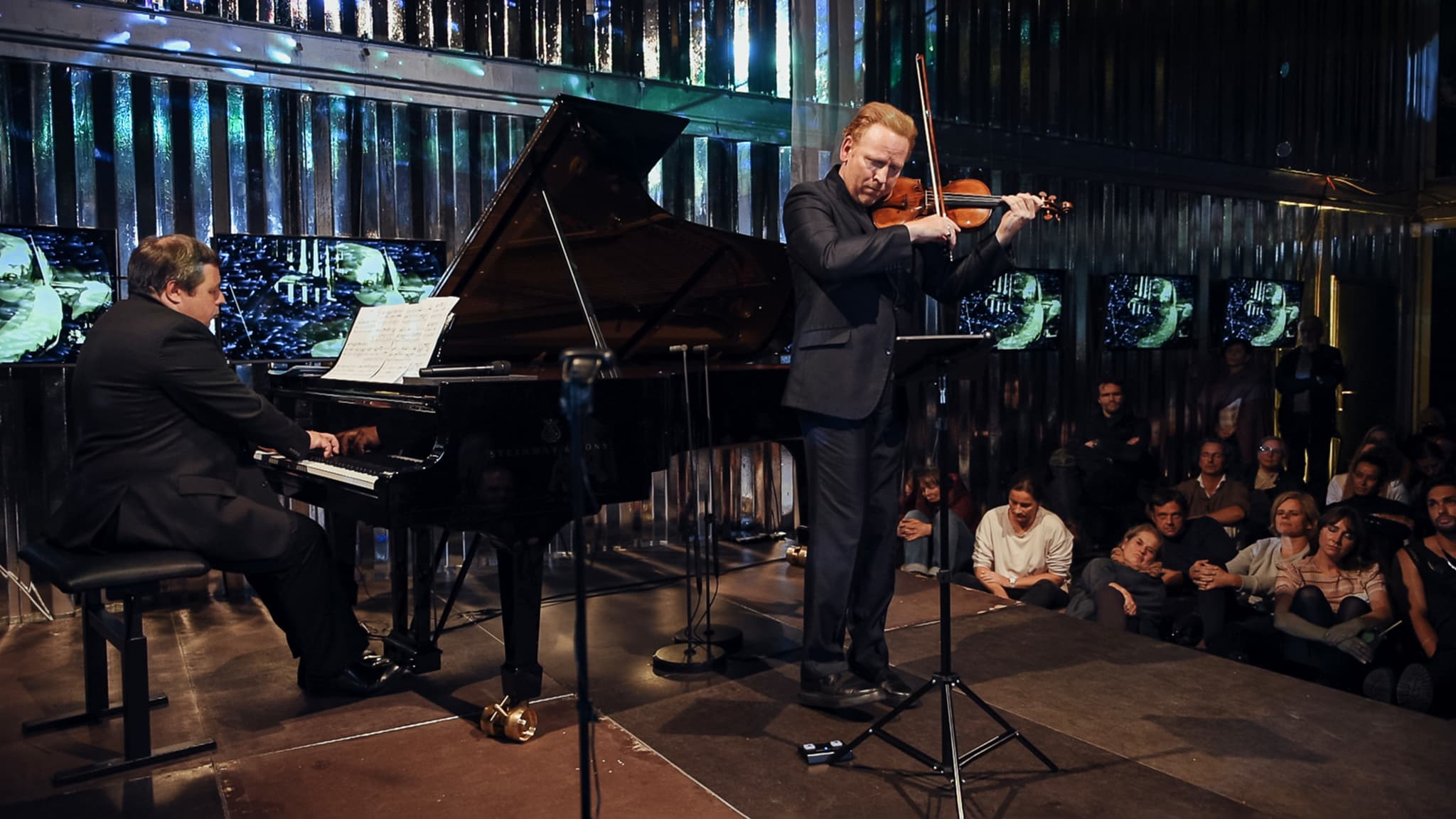Album insights
In the late fourteenth century, French composers with extravagant imaginations were occasionally musicians within the French tradition. They crafted compositions with a forward-driving impulse by densely packing the texture as an homage to the leading composer Guillaume de Machaut. Despite advancements, remnants of Machaut's style persisted between 1400 and 1500. The vitality of such textures, like those in Ballade Laissiés ester, endured as a testament to a composer's craftsmanship. The challenge for French and Franco-Flemish composers between 1400 and 1430 was to discover a clear, melodious style for both sacred and secular works. Works by Johannes de Lymburgia and Johannes Brassart exemplified skilled craftsmanship by harmonizing lower and melodic upper voices. Binchois and his contemporaries, like Pierre Fontaine, showcased exceptional melodic talent and harmonic sensibilities, reflecting the essence of medieval courtly love poetry. Binchois, a multifaceted song composer, captured sentiments of nostalgia and longing in his compositions, embodying the pinnacle of medieval lyrical tradition.
Binchois' compositions demonstrated remarkable economy, exhibiting control over the expressive ingenuity prevalent before 1400. Melodies like Amoreux suy were achieved through gradual movements, creating a bittersweet effect. English composers briefly influenced continental music around 1420–1440. Martin le Franc's statement regarding Dufay and Binchois adopting English manners implied a nuanced rather than direct assimilation. English influences, as seen in John Dunstables's Beata Dei genitrix, subtly impacted French and Flemish composers. The selections from Dunstable's works and Binchois' songs demonstrate the diverse influences shaping music in the early fifteenth century. Instrumental performances of vocal compositions from the fifteenth century, like Binchois' Qui veut mesdire, provide a fresh perspective by accentuating rhythmic complexities achievable only through instrumental interpretation.









